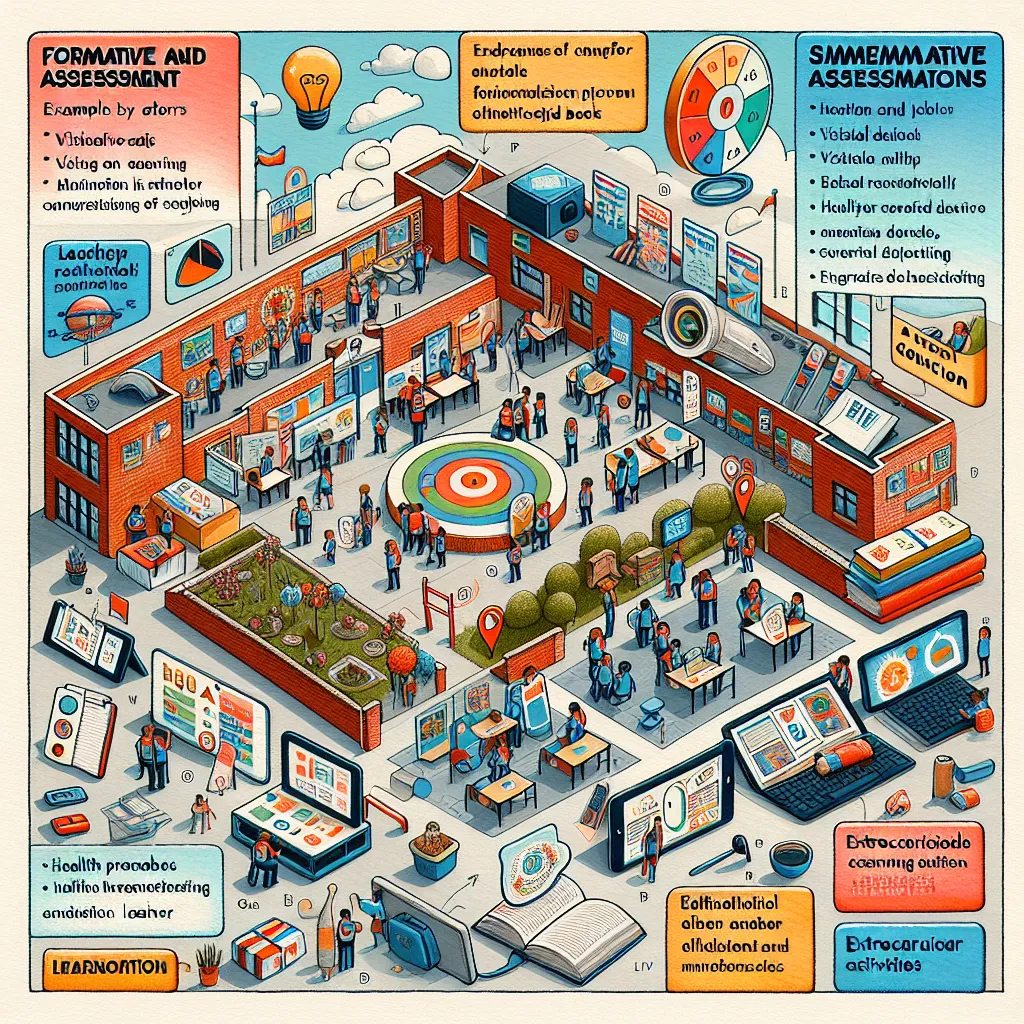Ask AI on The Internet
Question: QUESTION 1 The core of a curriculum generally concerns the aims and content of learning (Van den Akker, 2003). In the light of the above statement tabulates any eight important core components of a curriculum and their corresponding considerations for an educator when developing and implementing a curriculum. Core components Corresponding considerations for an educator (1X8) (1X8) (16) QUESTION 2 2.1 Explain the difference between formative and summative assessments and briefly discuss how each type of assessment contribute to the overall assessment process. (4x2 =8) 2.2. List any seven principles of assessment. (1x7=7) QUESTION 3 3.1. Feedback is the important component of assessment. Nicol and Macfarlane-Dick (2006) formulated seven principles for good feedback practice from research literature on formative assessments. Briefly discuss these seven principles for good feedback practice. (2X7=14) 3.2. Preparing useful rubrics is sometimes challenging and time-consuming. However, once they are developed, they may aid learning, especially in large classes (Merckel & Van der Merwe, 2018). In the light of the above statement, list five questions that you need to ask yourself as a student teacher to develop a useful rubric.
### QUESTION 1 #### Core components of a curriculum and their corresponding considerations for an educator: | Core components | Corresponding considerations for an educator | |-------------------------|---------------------------------------------------------------------- | | **1. Goals and Objectives** | Define specific, measurable outcomes and align them with educational standards. | | **2. Content** | Ensure the material is relevant and up-to-date, with appropriate depth and breadth. | | **3. Learning Activities** | Design engaging, diverse activities catering to different learning styles and levels. | | **4. Assessment Methods** | Develop varied, fair assessments that accurately measure student progress. | | **5. Resources and Materials** | Curate high-quality, accessible resources to support and enrich learning. | | **6. Time Allocation** | Allocate sufficient time for each topic, balancing coverage with depth. | | **7. Teaching Strategies** | Employ effective, diverse teaching methods to facilitate active learning. | | **8. Evaluation and Revision**| Regularly assess and refine the curriculum based on feedback and outcomes. | ### QUESTION 2 #### 2.1. Difference between formative and summative assessments and their contributions to the overall assessment process: - **Formative Assessment:** - **Nature:** Continuous, informal assessments conducted during the learning process. - **Purpose:** To monitor student progress and provide ongoing feedback for improvement. - **Contribution:** Helps identify learning gaps, informs instructional adjustments, and enhances student learning and engagement. - **Summative Assessment:** - **Nature:** Formal evaluations conducted at the end of an instructional period. - **Purpose:** To evaluate student learning, skill acquisition, and academic achievement. - **Contribution:** Measures the effectiveness of instruction, ensures accountability, and provides final grades or evaluations. #### 2.2. Seven principles of assessment: 1. Validity 2. Reliability 3. Fairness 4. Flexibility 5. Inclusion 6. Comprehensive 7. Practicality ### QUESTION 3 #### 3.1. Seven principles for good feedback practice by Nicol and Macfarlane-Dick (2006): 1. **Clarify what good performance is (goals, criteria, expected standards):** - Ensure that students understand assessment criteria and performance standards. 2. **Facilitate the development of self-assessment (reflection) in learning:** - Encourage students to reflect on their work and identify areas for improvement. 3. **Deliver high-quality feedback information that helps learners self-correct:** - Provide specific, actionable feedback that guides students towards better performance. 4. **Encourage teacher and peer dialogue around learning:** - Promote discussions about feedback and learning between students and instructors or among peers. 5. **Encourage positive motivational beliefs and self-esteem:** - Give constructive feedback that builds confidence and motivates students to improve. 6. **Provide opportunities to close the gap between current and desired performance:** - Allow students to use feedback to make revisions, thereby improving their work before final assessments. 7. **Use feedback to enhance teaching effectiveness:** - Utilize student feedback to inform and improve teaching methods and curriculum design. #### 3.2. Five questions to ask yourself as a student teacher developing a useful rubric: 1. Are the criteria clearly defined and specific? 2. Do the performance levels distinguish between different levels of achievement? 3. Is the rubric aligned with the learning objectives and standards? 4. How will the rubric be communicated to students to ensure they understand it? 5. Can the rubric be applied consistently across different student works to ensure fairness and reliability?
Think your answer is better than the AI's? Post it below.
Other Most Relevant Posts:
 1. **CAPS Overview: Key Educational Topics**
2. **Time Frames for Senior Phase Subjects**
3. **Math Skills in CAPS**
4. **Initial Mathematics Learning Outcomes**
5. **Language Teaching in CAPS**
1. **CAPS Overview: Key Educational Topics**
2. **Time Frames for Senior Phase Subjects**
3. **Math Skills in CAPS**
4. **Initial Mathematics Learning Outcomes**
5. **Language Teaching in CAPS**
Question Tags
If you want your question answered by an AI, click here.






Post your own comment: